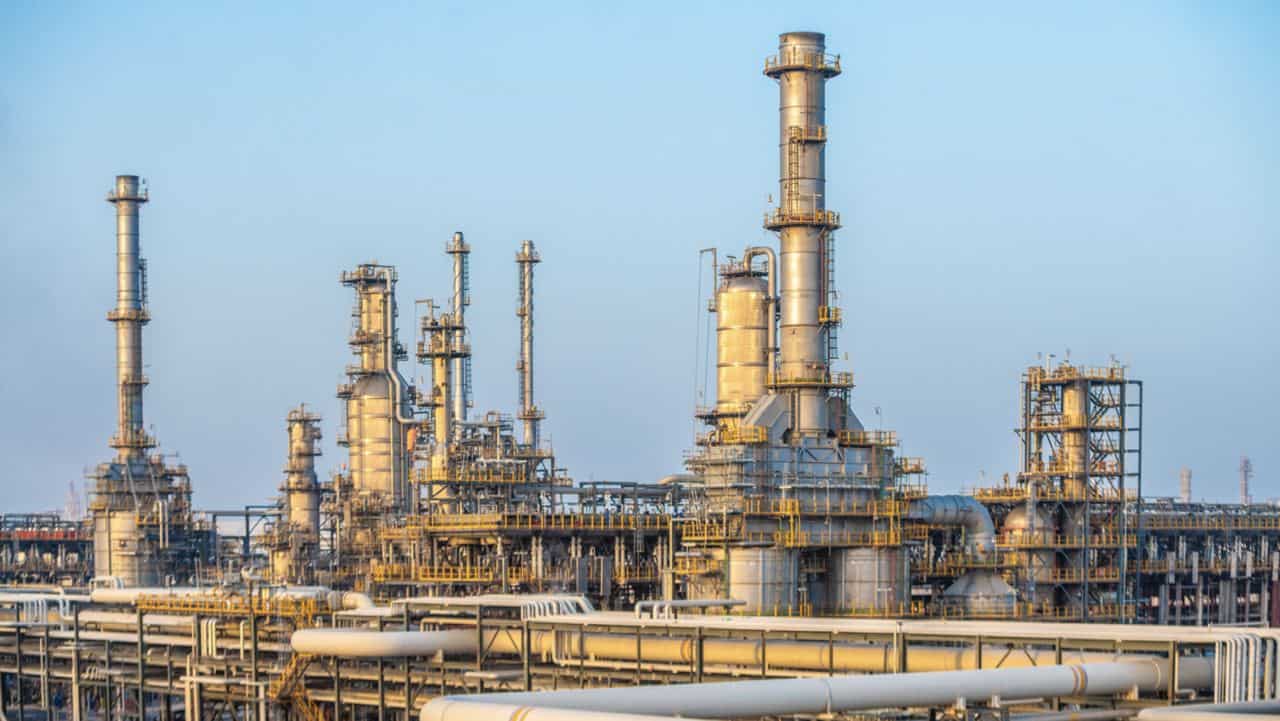Future oil markets predict that the average price of a barrel of Brent crude oil will be US $101 in 2022 and US $84 in 2023. However, Brent oil prices are forecast to fall to US$ 75/b by 2025 and US$ 70/b by 2027. Oil prices fell to an 8-month low amid fears of a global recession; Brent oil prices have fallen by about 20 percent in the past two months, to around US$ 94/b. According to a report published by Garbis Iradian, Chief Economist, MENA at the International Institute of Finance, the decline reflects increases in oil inventories as global production increased and global demand moderated due to the sharp slowdown in economic growth. Risks The report also stated the upside ad downside risks o the oil market as follows:
- Upside Risks:
- Russia’s threat to cut oil sales to the EU in retaliation for the EU’s crude oil price ceiling;
- OPEC’s 2023 production cuts could exceed our baseline;
- Violence in Libya would restrict oil production.
- China’s stimulus package may be significant, boosting oil imports.
- Downside Risks:
- Accelerated US oil output increase;
- November’s synchronized release of oil from strategic stocks may be resumed;
- Iran’s oil exports could climb by 1.5 mbd following a nuclear deal within months.
GCC oil Even if Brent crude oil prices drop to US$ 75/b, major oil exporters in the MENA area (mainly Saudi Arabia, Iraq, the UAE, and Kuwait) would be able to adapt well. Moreover, because the expected oil prices of US$ 85/b in 2023 are significantly lower than the fiscal and external breakeven oil prices, that would balance the likely budgets and the current account for 2023. International Institute of Finance (IIF) expects the significant MENA oil exporters to maintain sizable fiscal and current account surpluses in 2023 at an average Brent oil price of US$ 85/b. Oil demand growth is slowing IIF sees that global growth will slow to 1.9 percent in 2023, down from 6 percent in 2021. In addition, due in significant part to COVID lockdowns, the volume of crude oil and petroleum product imports into China fell by 4 percent in the first eight months of 2022, compared to the corresponding time in 2021.
- In the USA, the average demand for oil in July and August of 2022 was down by about 5 percent compared to last year, as higher fuel prices dampened consumer demand for oil.
- In Europe, adjusting for the different oil use for power generation due to limited natural gas imports and record prices, the fall in demand for oil was much larger than in the USA and China.
IIF also expects the global demand for crude oil growth at 1.9 mbd in 2022, of which 0.8 mbd is related to substitution between natural gas and crude oil. However, in 2023, even with a modest increase in substitution from natural gas to oil, global demand growth could decelerate to 1.6 mbd.
- Most European countries are likely to increase the use of oil in power generation by raising their oil imports from the US, Canada, Kazakhstan, Norway, and Iraq.
The projected oil demand decline by most advanced economies could be partly offset by the increase in China, India, and other major emerging economies.

